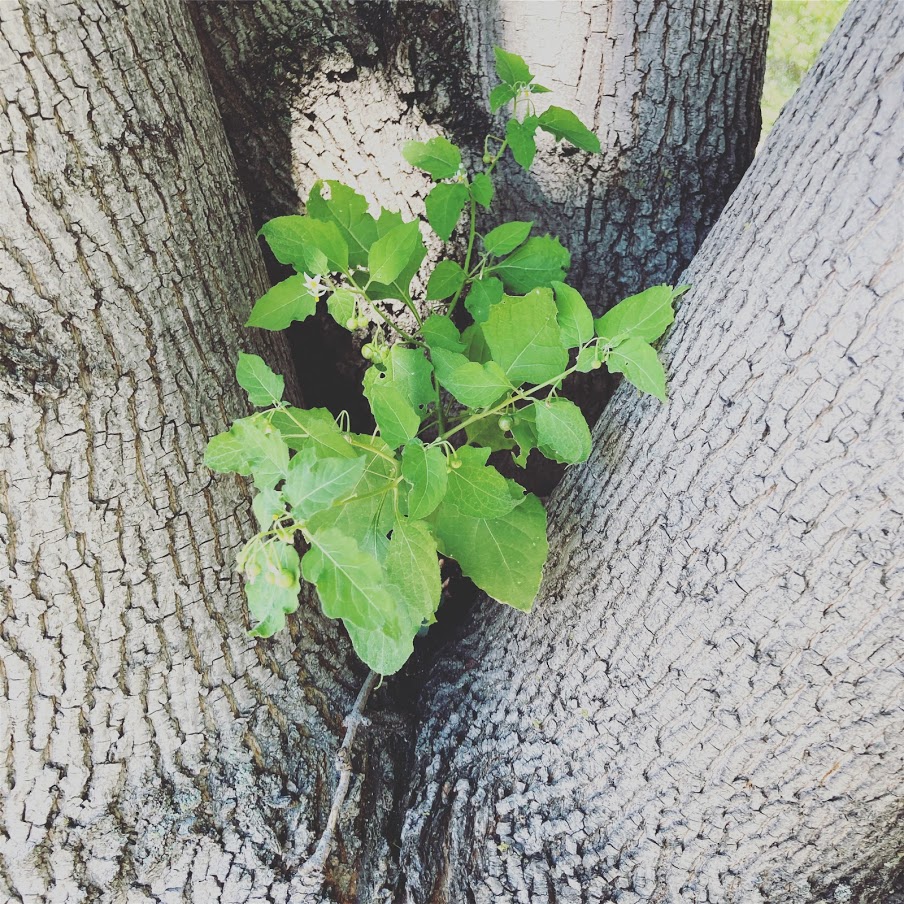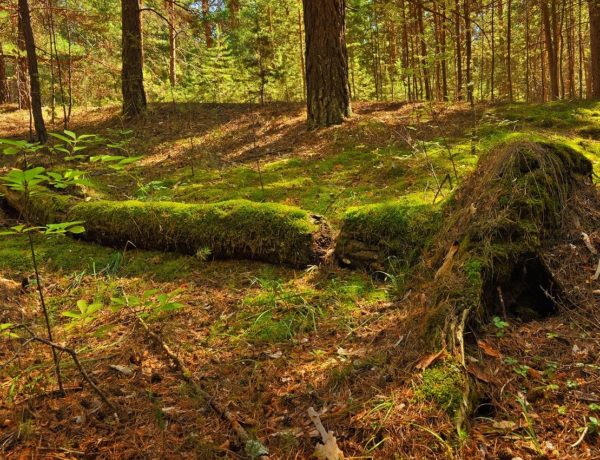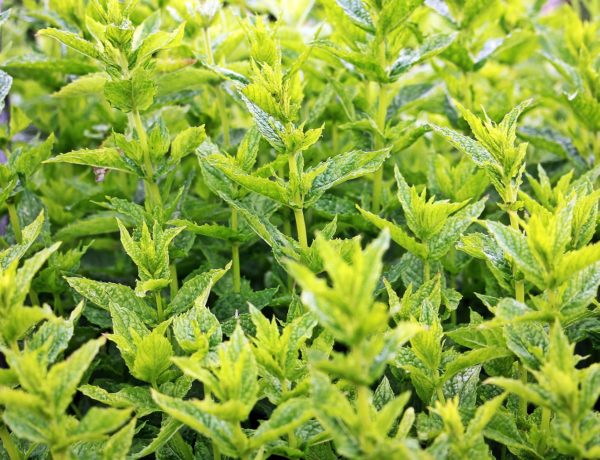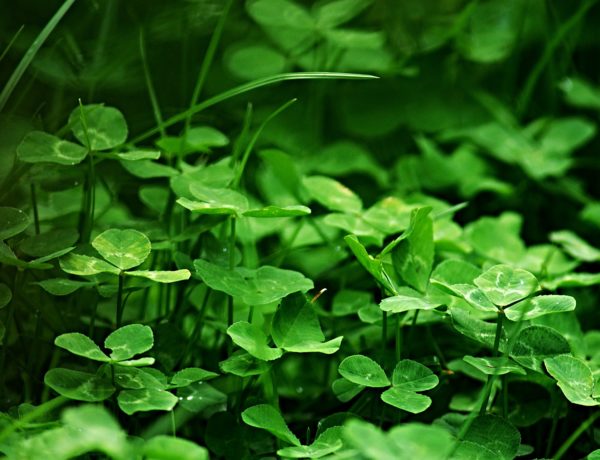The Thought Experiment
Imagine you are currently unemployed and seeking yet another job. You live with your parents and they help you out financially, but it doesn’t feel great. You’ve cycled through a lot of jobs in the past, trying to find something worth the effort. They pay a barely livable wage, but they are so much work for the payout. You go to work every day and kill yourself for pennies, and then finally you can’t take it any more and quit, again, resuming the search for something better.
Then one day, your dad’s colleague offers you a job that you can’t refuse. The position is remarkably easy. In fact, you hardly have to do anything, and you’ll make four times as much as you used to. You take the job and money starts flowing. You move into your own place and things are really looking up.
Fast forward one year to this imaginary conversation with your dad.
You: Dad, I need to move back in.
Dad: What? Why? Did you lose your job?
You: Yeah, I quit.
Dad: But you had it made! It took me 40 years of working my butt off to get to where you were in this position. Why? Why did you quit?
You: I was making too much money.
The Aggressive Edible
I know what you’re thinking: this story is unrealistic. Nobody would do that unless the job was sucking out their soul or they were experiencing some sort of trauma. Nobody would quit a job solely because they were making too much money. But this is exactly what I think when I hear someone say they killed off an edible plant that nature brought to their garden because it was too aggressive.
For example, in an online gardening group, a member posted a wonderful spread of vegetable and flower seeds they had purchased from one of my favorite seed houses (Baker Creek Heirloom Seeds). One of the seed packets was wonderberry.
I commented, “Fun fact, a close relative of that wonderberry, Solanum Americanum, is native to here and usually grows as “weeds” right in our very gardens. The berries are similarly edible. It’s called American Black Nightshade (and it’s not poisonous).”
The poster responded that he had had the American black nightshade in his garden, but it was two aggressive so he got rid of them.
Now, I totally understand that when people want to grow a certain plant, they don’t want other plants coming in and taking over their space (though the way conventional gardens are grown with a ton of open soil in between rows of plants is not a pattern found in nature… plants grow in “crowded” groups called ecosystems all the time without stealing each other’s resources). But it seems like the norm in the US is that people only want plants that are difficult to grow. Even flowers. Plants that grow easily are always considered “weeds” or come with a word of extreme caution that this plant will take over (like mints).
The Miracle
I understand that cultivated tomatoes taste better than wild black nightshade berries. But they grow with zero effort, zero cost, zero babying. No seed starting inside or transplanting once the danger of frost is over. They don’t fall prey to all kinds of pests and diseases. They don’t need to be pruned or planted, protected or trained, sprayed or caged. They don’t need to be fertilized or babied, and yet they still grow so easily they are considered aggressive. Last summer I took a photo of an American black nightshade growing in the crook of a tree with no soil, planted there by a bird who happened to think that berry was delicious enough to eat.

These plants that want to grow in a particular place are usually able to improve the soil and ecosystem in some way. They stabilize and shade the soil, add nutrients (if dead plant matter is allowed to stay in place), feed wildlife, and attract pollinators.
Also, plants that haven’t been cultivated for more sweetness and less undesirable flavors like bitterness or astringency are usually more nutritious. Those bitter and astringent flavors come from phytochemicals that help protect plants from fungi, bacteria, viruses, insects, and animals, making them more likely to survive (easier to grow). But those phytochemicals are also really important for your health.
The Mindshift
Sounds like a miracle to me. I wonder why this is considered a bad thing. I wonder why walnut trees are considered a mess and not a blessing. I wonder why people spend time and money to actively poison their yards and the watershed below them in order to kill edible flowers that show up without effort. I wonder why people spend money on a cultivated version of a plant they eradicated due to its ease of growth in hopes that it will be better-behaved (more difficult to grow).
I don’t expect to be able to change any minds. I just want some people to consider the immense impact of a possible change of mindset. With a simple change in thinking, magic happens: weeds become miracles, messes become blessings, and problems become solutions.



